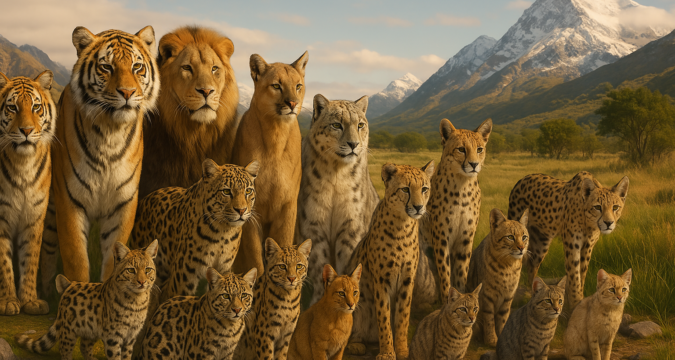
Introduction
Wild cats come in all shapes and sizes — from towering jungle kings to fierce little hunters no bigger than a housecat. In this article, we rank 17 wild cat species by the average weight of adult males, using the most current publicly available data. While size isn’t everything, it offers fascinating insight into each species’ role in its environment.
1. Siberian Tiger – 215 kg (474 lbs)
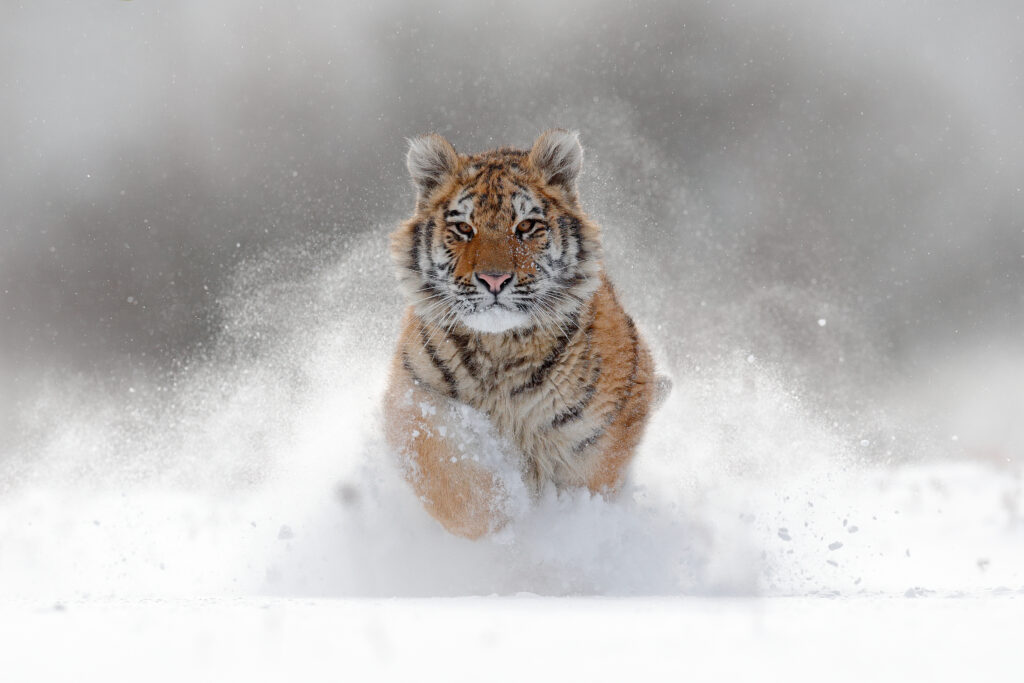
The largest wild cat in the world, the Siberian tiger (also called the Amur Tiger) dominates the cold forests of eastern Russia. With its immense frame and dense coat, it’s built for both strength and survival in extreme conditions.
2. Bengal Tiger – 190 kg (419 lbs)
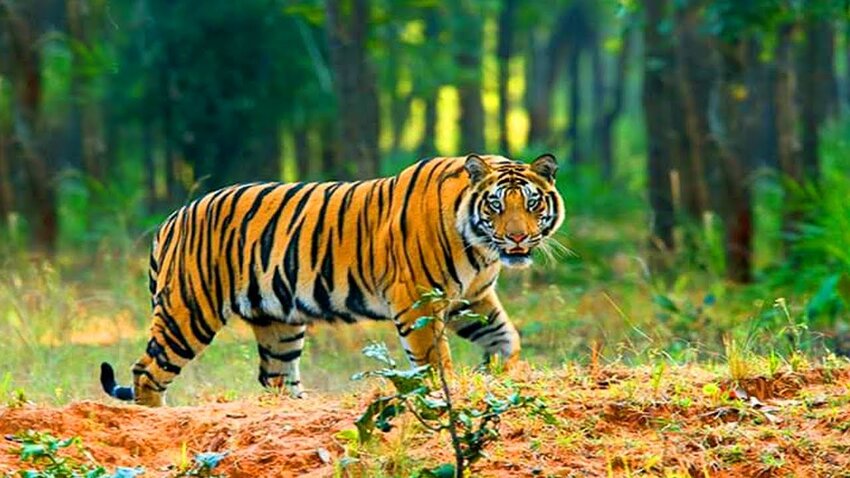
Slightly smaller but still a formidable predator, the Bengal tiger roams the jungles and mangroves of India and Bangladesh. It’s known for its raw power and territorial dominance.
3. African Lion – 185 kg (408 lbs)
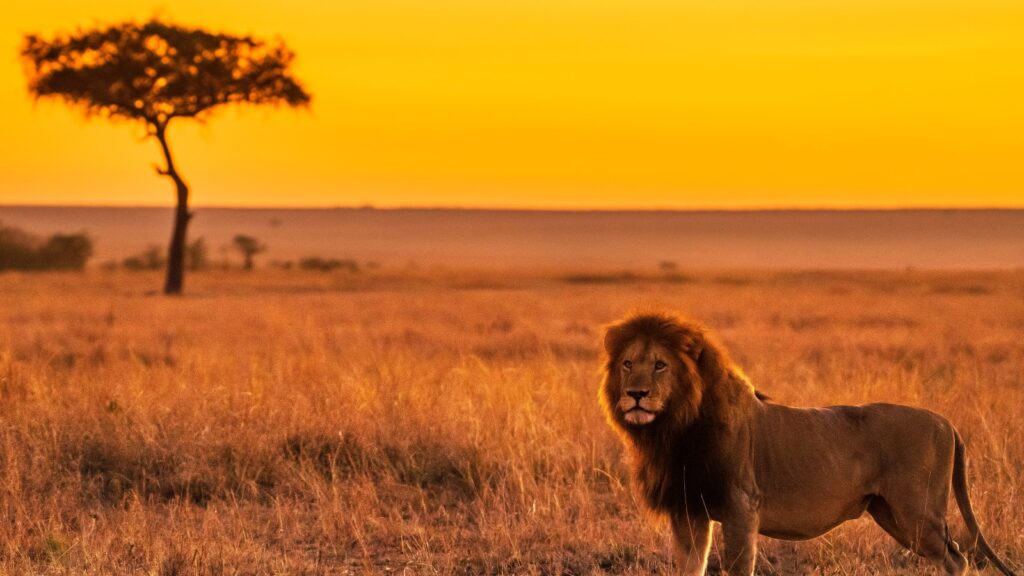
https://www.bornfree.org.uk/news/lions-are-iconic-and-we-must-fight-to- protect-them/
The lion may be lighter than the tiger, but it’s unmatched in teamwork. As the only truly social wild cat, lions hunt in coordinated prides and reign over the African savannah.
4. Jaguar – 76 kg (168 lbs)
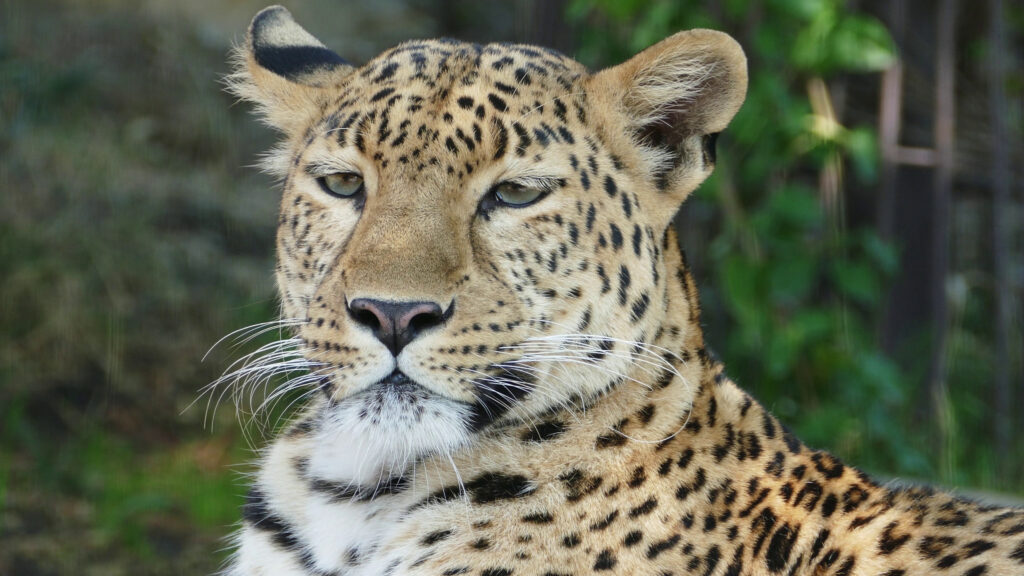
The largest cat in the Americas, the jaguar is compact, powerful, and possesses the strongest bite force among all cats. It’s a master of ambush, especially near water.
5. Cougar (Mountain Lion) – 60 kg (132 lbs)
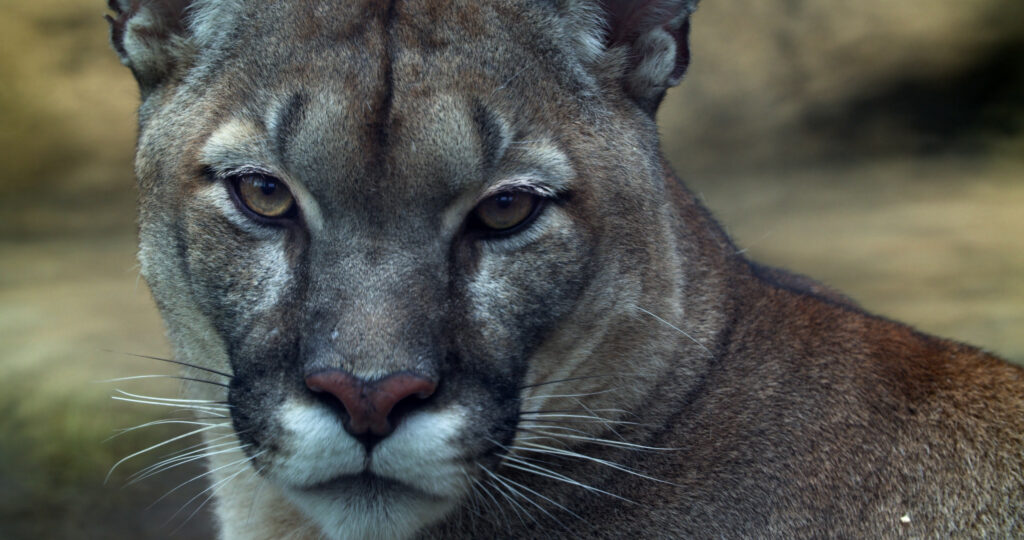
Found from Canada to Patagonia, the cougar (also called mountain lion and Puma) is adaptable and wide-ranging. Its lean frame allows it to hunt across forests, deserts, and mountains with ease.
6–7. Leopard & Snow Leopard – ~50 kg (110 lbs)
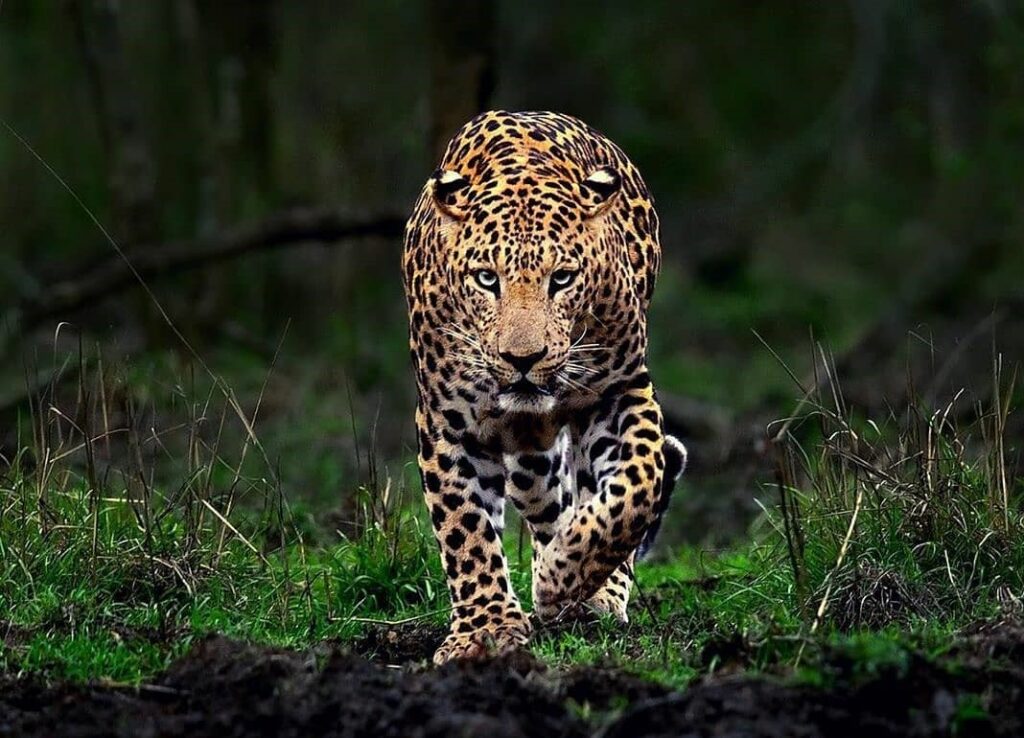
https://bigcatsindia.com/indian-leopard-facts-and-information/
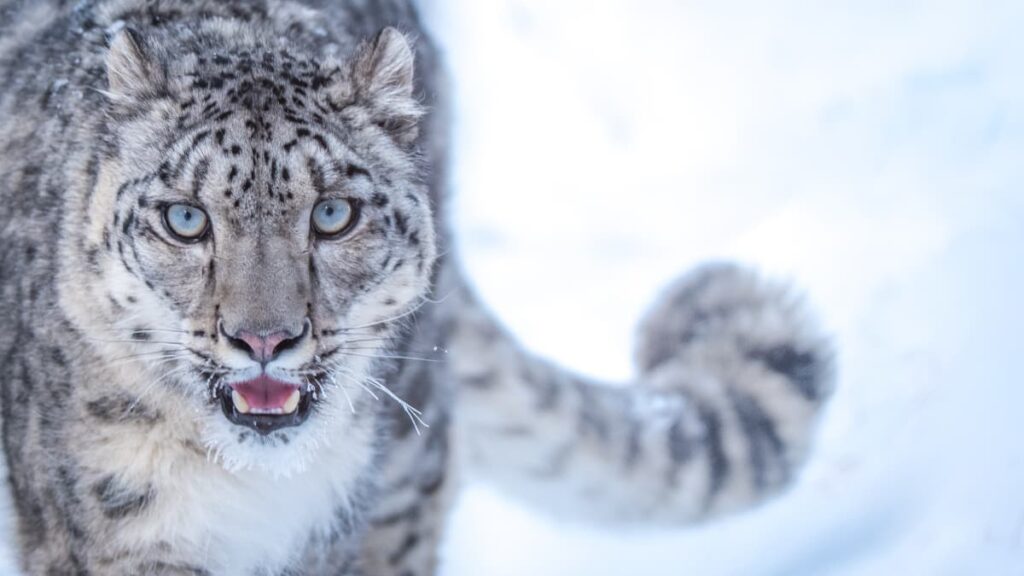
https://images.dawn.com/news/1181519/this-pakistani-documentary-is-about-saving-the-snow-leopard
Both are solitary hunters. The leopard is agile and adaptable, thriving in various environments from savannahs to forests. The snow leopard, meanwhile, is a specialist in the high mountains of Central Asia, with a long tail and thick fur for cold, rocky terrain.
8. Cheetah – ~50 kg (110 lbs)
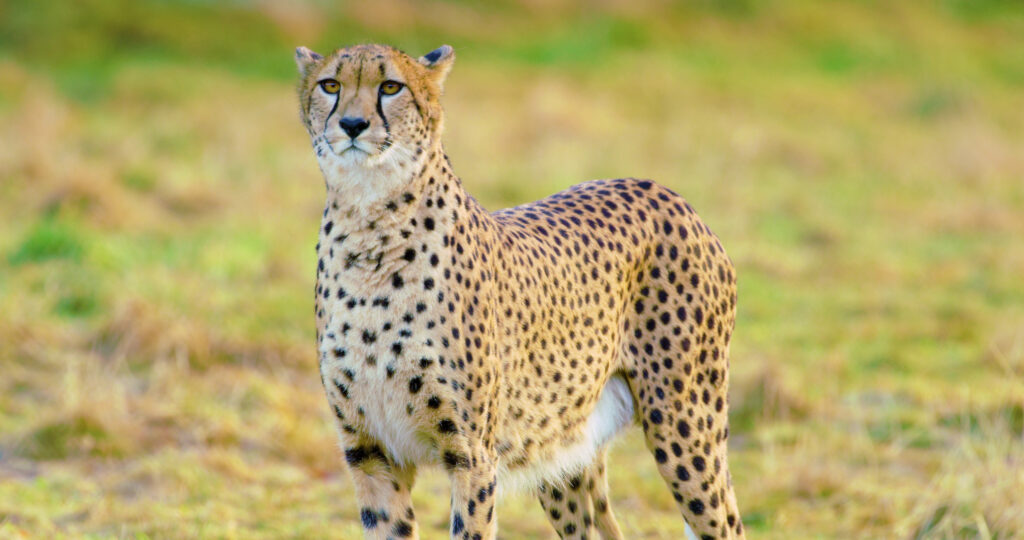
Built for speed rather than strength, the cheetah is the fastest land animal, reaching speeds over 100 km/h (62 mph). Its light frame and long limbs make it an elite sprinter of the open plains.
9. Eurasian Lynx – 20 kg (44 lbs)
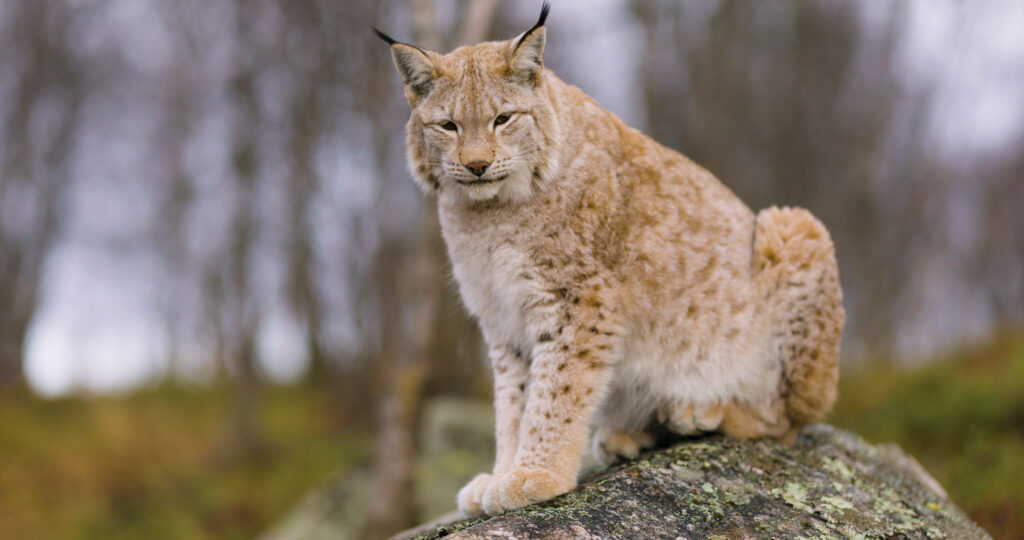
Europe’s largest wild cat, the Eurasian lynx has long legs, large paws, and ear tufts — all adapted for navigating snowy forests with stealth and precision.
10. Clouded Leopard – 17 kg (37 lbs)
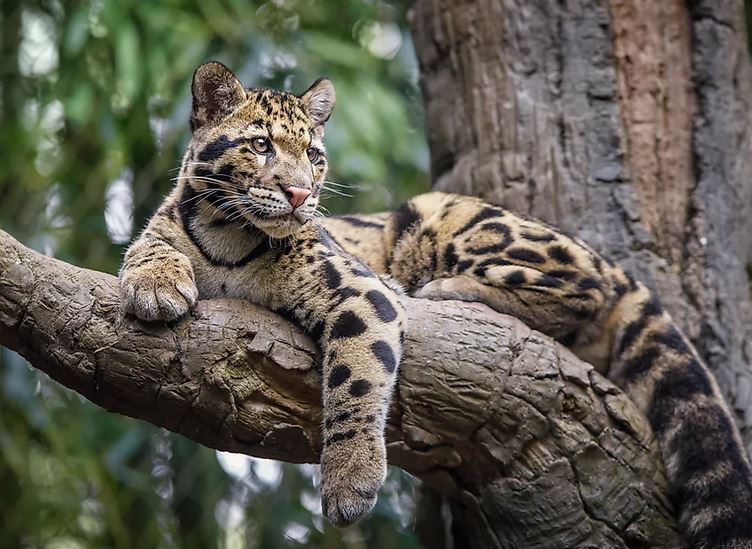
A master climber, the clouded leopard has flexible ankles that allow it to descend trees headfirst. It’s elusive and arboreal, thriving in Southeast Asia’s forests.
11–12. Serval & Caracal – ~14 kg (31 lbs)
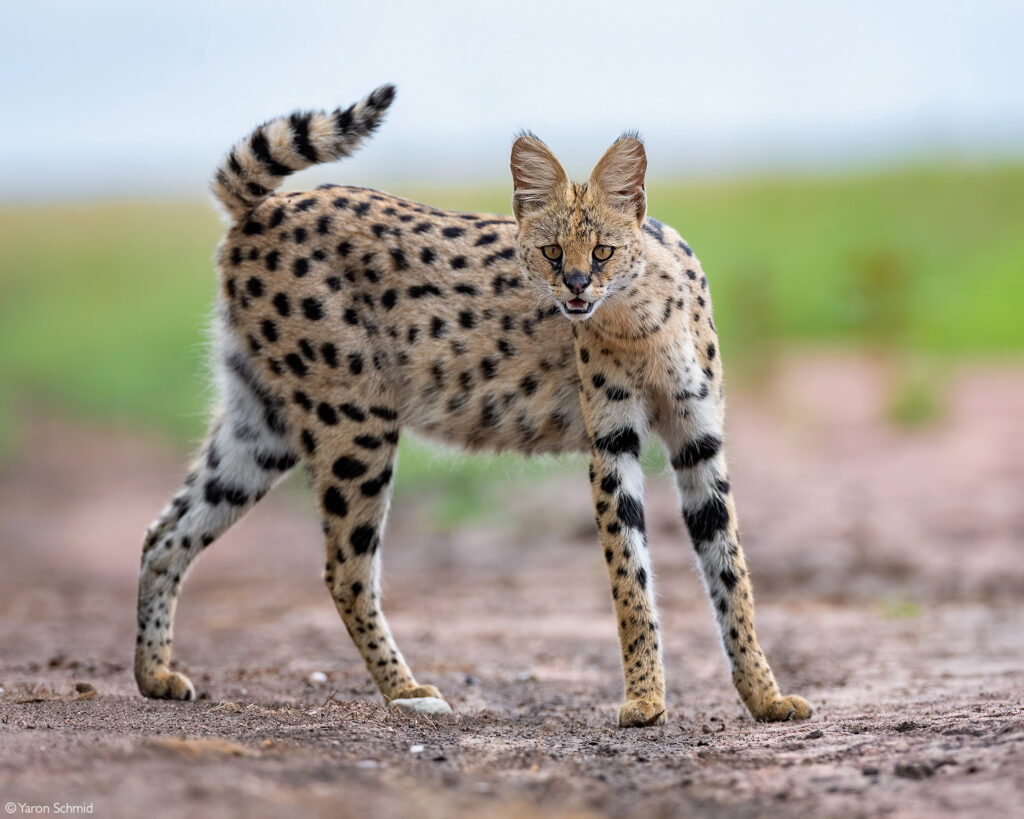
https://africageographic.com/stories/serval/
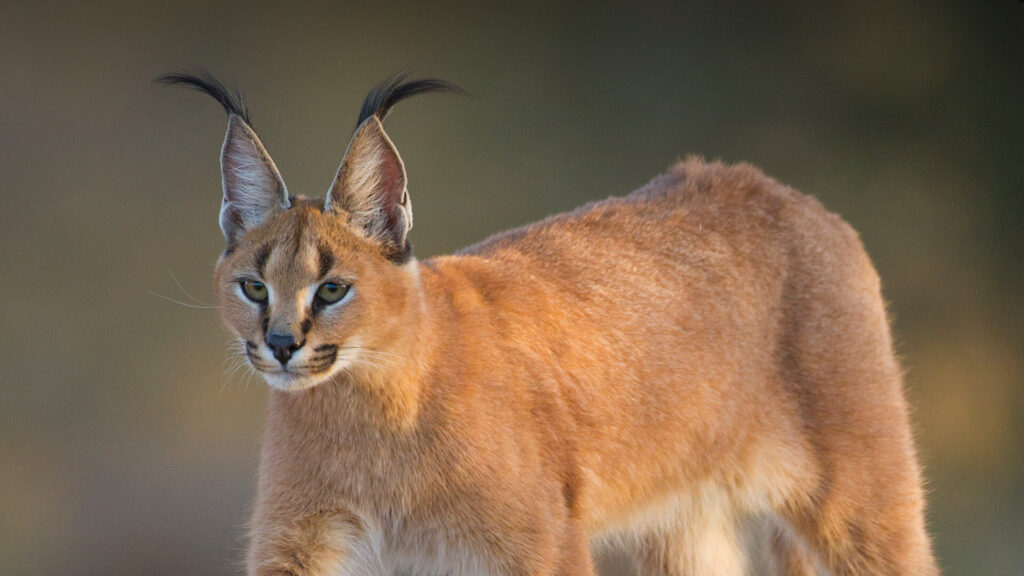
https://animals.sandiegozoo.org/animals/caracal
Both African mid-sized cats are built for agility.
- The serval has long legs and oversized ears, giving it exceptional leaping and hearing abilities in grassy environments.
- The caracal, with its iconic black ear tufts, is a powerful jumper known to snatch birds mid-flight — sometimes more than one at a time.
13. Ocelot – 11 kg (24 lbs)
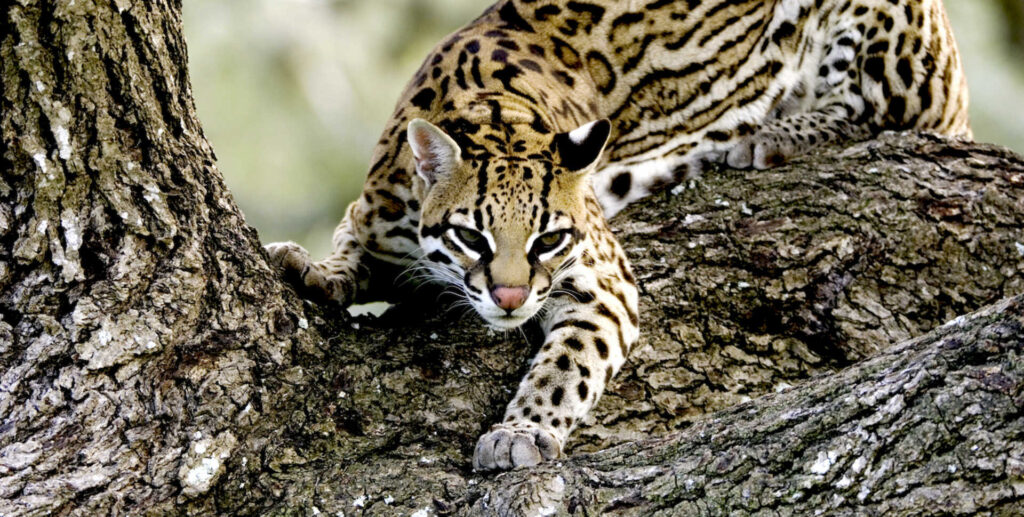
Creator: Aflo | Credit: Aflo / naturepl.com
Found in Central and South American jungles, the ocelot is sleek, nocturnal, and a strong climber. Its striking coat pattern provides perfect camouflage in dense vegetation.
14. Bobcat – 10 kg (22 lbs)
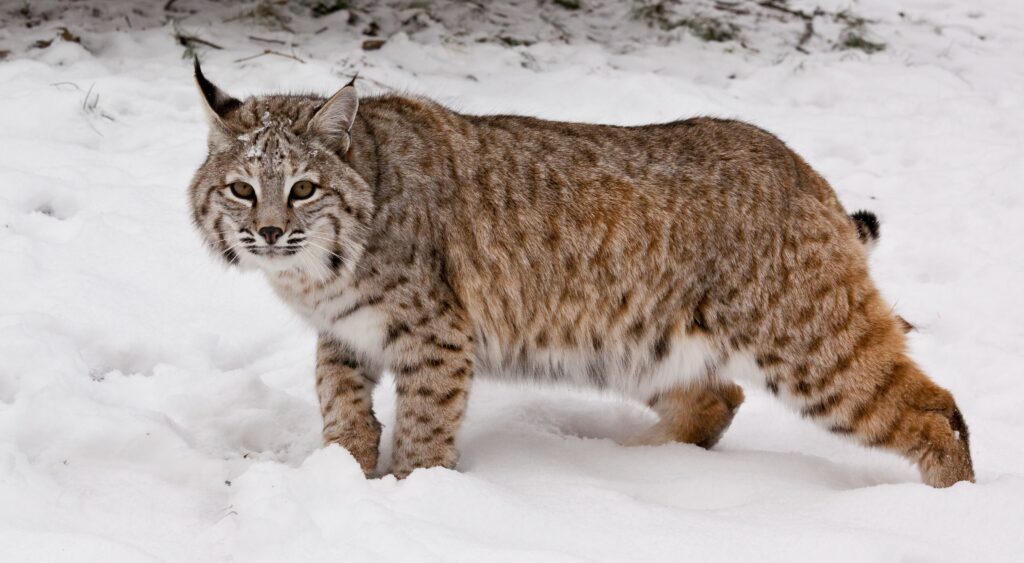
https://www.nature.org/en-us/get-involved/how-to-help/animals-we-protect/bobcat/
A familiar predator across North America, the bobcat is versatile and adaptable, hunting everything from rodents to deer fawns across forests, swamps, and deserts.
15. Domestic Cat – 4.5 kg (10 lbs)
Although not a wild species, the domestic cat serves as a familiar benchmark. Selective breeding has led to a wide range of sizes, but most males fall around 4.5 kg.
16. Sand Cat – 2.5 kg (5.5 lbs)
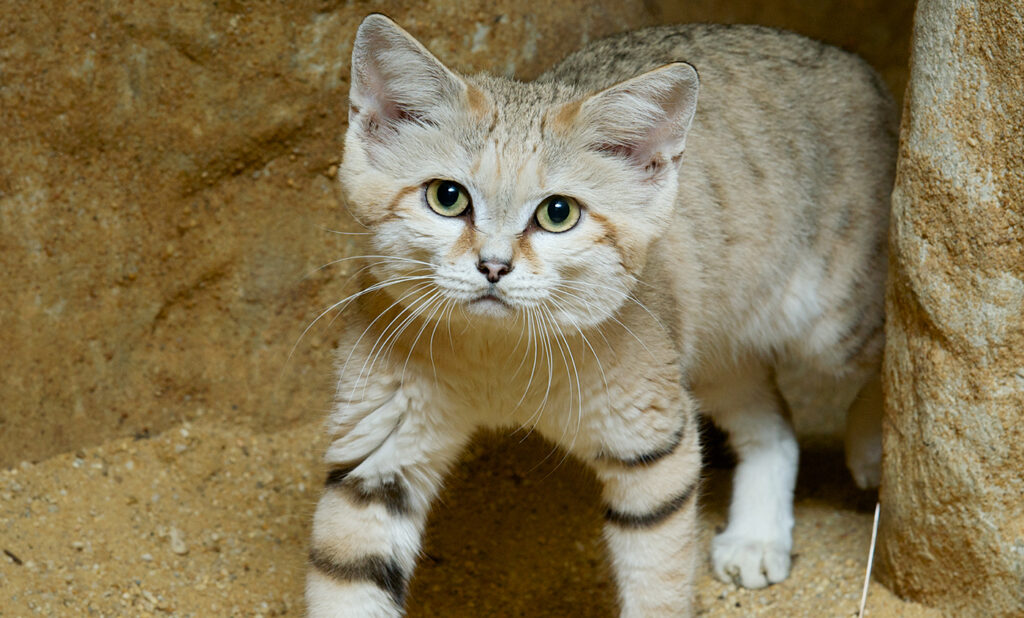
Creator: Clyde Nishimura | Credit: Smithsonian’s National Zoo
Perfectly adapted to desert life, the sand cat’s furry feet insulate against hot sand while its excellent hearing helps it locate underground prey in silence.
17. Black-footed Cat – 2 kg (4.4 lbs)
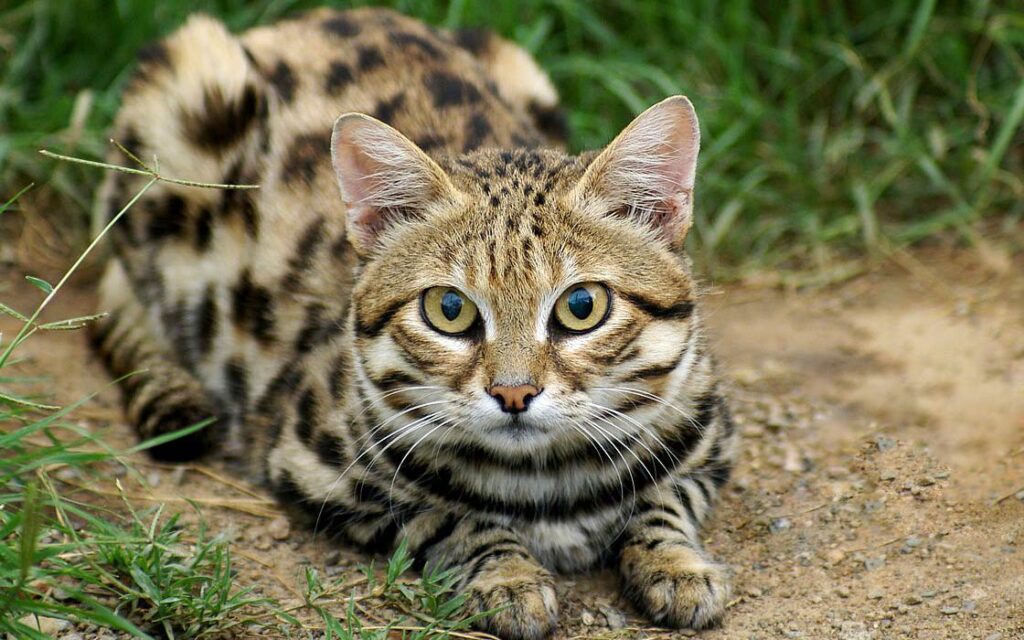
https://dinoanimals.com/animals/black-footed-cat-felis-nigripes/
Africa’s smallest wild cat is also one of its most efficient. Despite its tiny size, it boasts one of the highest hunting success rates among all carnivores.
Summary
Wild cat sizes can vary with time, habitat loss, climate and prey availability. These numbers are based on currently available data on Wikipedia.

If you enjoyed this article you may also enjoy our video on Wild Canid (Dog) Sizes: